(NLDO) - A radio observatory located in Chile has captured images of an ancient world that breaks all records and challenges theories of cosmic evolution.
A team of scientists led by Dr. Lucie Rowland from Leiden University (Netherlands) has identified a galaxy with a similar structure to the Milky Way galaxy where Earth resides. But the absurd thing is that this world existed more than 13 billion years ago.
The newly identified galaxy, named REBELS-25, is the most powerful, most distant, and earliest rotating disk galaxy ever discovered.
The image was captured by ALMA, a powerful radio telescope located in the Atacama Desert in Chile.
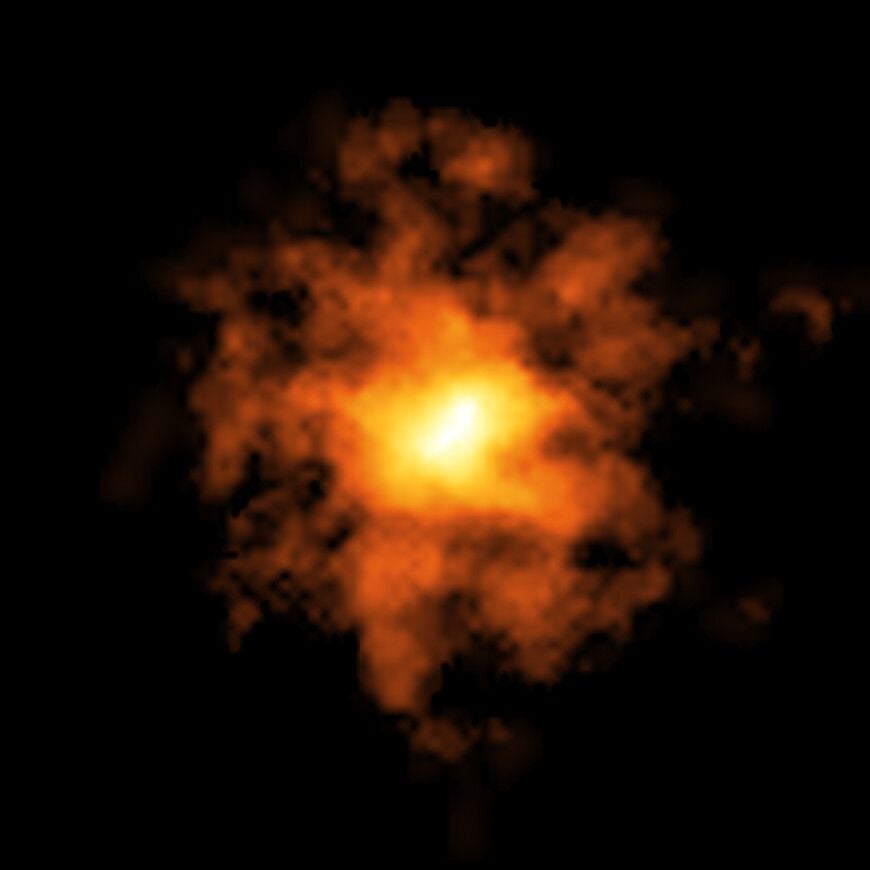
The galaxy REBELS-25 looks like a "parallel world", very similar to the Milky Way - Photo: ALMA/ESO
The light that creates an image of a distant world takes a time equal to its distance to reach Earth, so seeing this galaxy 13.1 billion light-years away is like looking back 13.1 billion years in time.
That's a shock, because the structure of a rotating disk galaxy with "arms" closely resembles the spiral arms of the Milky Way.
"Based on our understanding of galaxy formation, we expect most early galaxies to be small and messy-looking," said team member Dr. Jacqueline Hodge.
Today, spiral galaxies like the Milky Way are common, but scientists once thought it would take a lot of time and evolution for them to develop such complex structures.
Our Milky Way galaxy is thought to have also started life as a small, simple galaxy.
After dozens of mergers that drastically changed its structure and caused the galaxy to grow, it achieved its beautiful shape and "monster" size after 13.6 billion years of existence.
So the fact that REBELS-25 is so ancient appears as a "parallel world," a near-complete version at such an absurd timescale, could force scientists to revisit and adjust many long-standing theories.
Before REBELS-25, the record holder for an ancient rotating galaxy was cheers-2112, seen by the James Webb Space Telescope when the universe was about 2.1 billion years old.
And they're not rare examples of how humanity might be wrong about the early universe.
In recent years, with the "participation" of the James Webb super telescope, scientists have observed many objects belonging to the universe in the first few billion years after the Big Bang.
Time and again, they have been stunned to see galaxies, giant black holes, and a host of other surprises, suggesting that the early universe may have evolved much faster than humanity had previously speculated.
Source: https://nld.com.vn/hinh-anh-gay-soc-ve-the-gioi-song-song-13-ti-nam-truoc-196241010112220965.htm








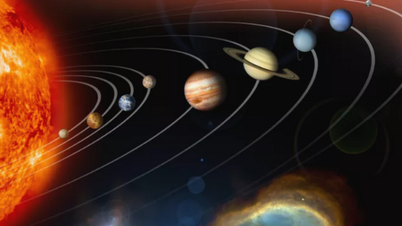




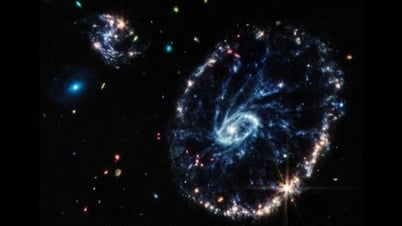





















![[Photo] National Assembly Chairman Tran Thanh Man attends the VinFuture 2025 Award Ceremony](/_next/image?url=https%3A%2F%2Fvphoto.vietnam.vn%2Fthumb%2F1200x675%2Fvietnam%2Fresource%2FIMAGE%2F2025%2F12%2F05%2F1764951162416_2628509768338816493-6995-jpg.webp&w=3840&q=75)
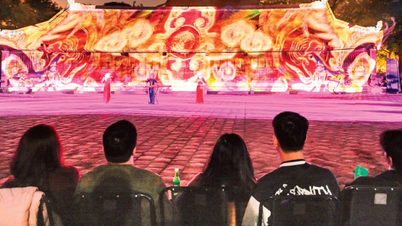


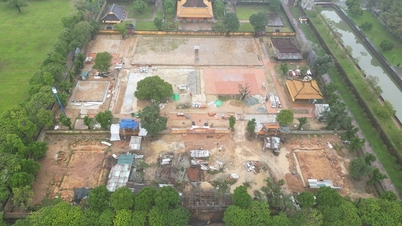





































































Comment (0)